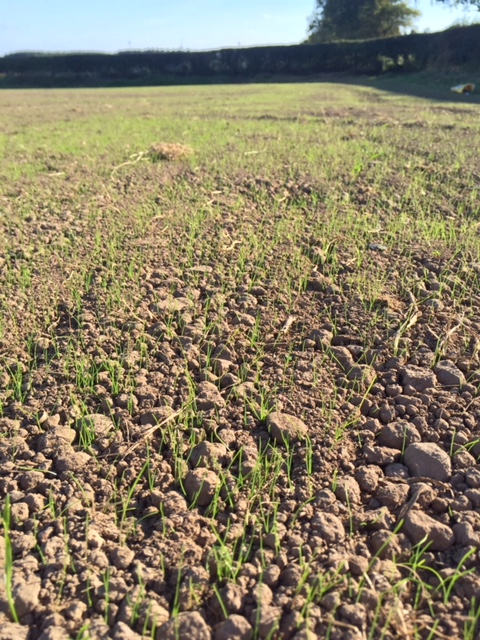Forage management for the coming winter will require a fresh approach as recovery in many of the very parched fields may be limited, says Stewart MacIntyre of Hutchinsons.
“Re-seeding can help to replace some grass productivity; an annual re-seeding rate of 10% allows grass productivity to remain stable, more will bring significant gains. Ploughing and re-drilling, although providing the best long-term benefit, may not be the best way to go this year as costs can be as much as £250-£300/ha. A second, less expensive option that can provide a respectable, short term fix and rejuvenate leys where there is sufficient moisture is “stitching-in” grass seed and this comes at a more modest cost of about £8-£90/ha compared to re-drilling from scratch.”
“However, it’s important to make the correct choice of grass seed variety depending on what you are trying to achieve. Italians and hybrids are larger seeded and have greater germinative vigour, and therefore have a better chance of establishing within an existing sward,”he says.
“If looking for a short term fix for forage, Italian ryegrass as in Clampbuster has large seeds with good vigorous growth and gives early autumn bite plus good early spring growth by growing down to 3oC degree soil temperature.”
“Where looking for a short to medium term fix, a mixture based on Italian hybrid ryegrass such as Supersward works well. Supersward grows to about 6oC soil temperature so also gives early autumn bite plus good early spring growth with a greater persistence, but with a slightly lower yield expectation than Italian ryegrass.”
“For a more medium to longer term fix perennial based leys, Emerald can persist up to five years and Gold for up to seven. If you are aiming for a longer term ley, it is worth investing in reseeding.”
{in-brief}
In stubble situations the use of a brassica forage crop like Winfred is a good option which can be grazed by cattle and sheep, he adds.
“There are various methods of “stitching in” grass seeds, from the use of slots seeders e.g. Einböck, Aitchison drills to harrow types Köckerling or Opico seed harrows.”
“Think about what you want to achieve as there will be a big difference in work rate between the various types, with harrows being much quicker but needing more seed and greater moisture requirement for a good strike,” says Mr MacIntyre.
Pictured: Germinated grass ley




